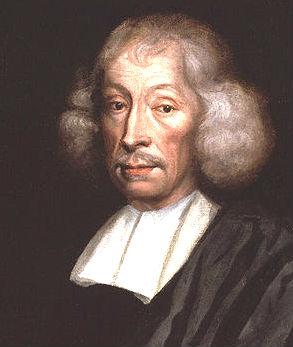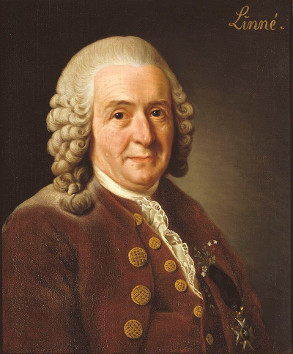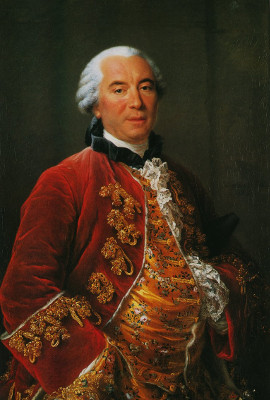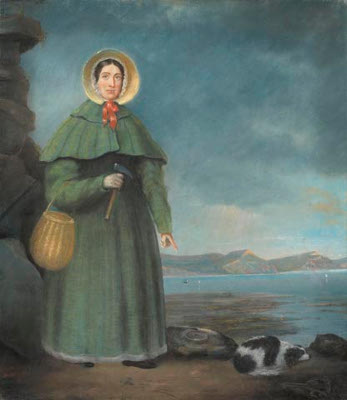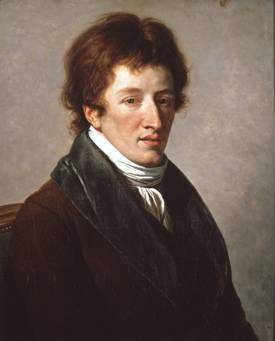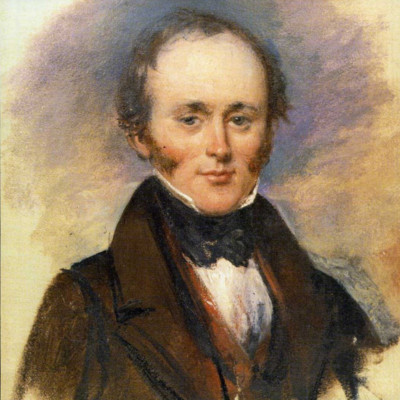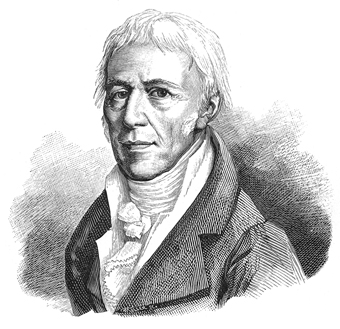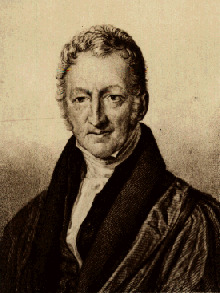On his expedition to South America and the Galapagos Islands,
Charles Darwin observed many patterns which he explained with
his theory of evolution by natrual selection.
Darwin noticed that all the organisms in the different regions
were dissimilar to those in Europe, but were similar to one
another. This, Darwin argued, meant that it was unlikely
that all organisms were created all at once. He argued that
there were clusters of similar organisms throughout the regions
of the world, rather than randomly distributed, like a single
event explanation would provide.
As well, Darwin observed that the animals on the Galapagos
Islands off the coast of South America closely resembled those
on the coast itself. Due to the similar conditions in those
environments, Darwin concluded that evolution had something
to do with the environment.
Upon closer inspection, Darwin noticed that the species on
each individual island actually varied slightly. These were
mostly adaptations for different conditions on the different
islands. He reasoned that these animals must have had a common
ancestor, and each species adapted best for life on their island.
Darwin knew that traits could be passed from generation to
generation through sexual reproduction. He thought that
organisms with favourable traits would be able to survive
and mate, passing on the favourable traits. As time went one
eventually the entire population would have these traits.
This is called survival of the fittest, or natural
selection.
Instead of using the term evolution, Darwin carefully chose
descent with modification to describe this process.
Darwin though evolution meant progress, but natural selection
doesn't always take species forwards, but only ensures survival.
